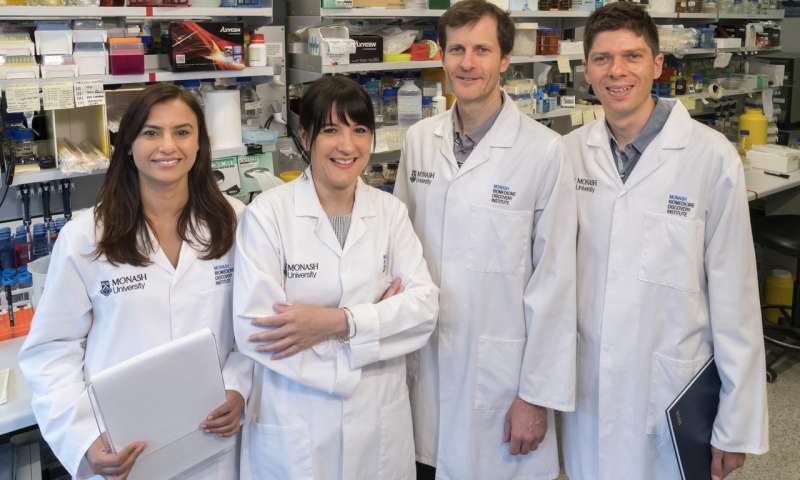Study exposes key tactic used by deadly fungus

A multidisciplinary study by Monash University Biomedicine Discovery Institute (BDI) researchers has revealed that a lethal fungus destroys the immune cell that would ordinarily kill it by stealing its source of nutrients.
Candida albicans is a microscopic fungus commonly found in the human body but which can turn into a dangerous infection in vulnerable hospital patients. These life-threatening infections affect an estimated 400,000 people worldwide annually and have an alarming mortality rate of 40 per cent. C. albicans is one of a handful of fungal species that collectively kill at least 1.5 million people per year.
The study, led by Associate Professor Ana Traven in Monash University's Department of Biochemistry and Molecular Biology, was published today in the high-impact journal Cell Metabolism.
The sugar glucose is important for macrophages, a type of immune cell, to mount an effective attack on disease-causing microbes. As they respond to infection, macrophages undergo a metabolic shift increasing consumption of glucose, and become dependent on it. The fungus competes with the macrophages, rapidly consuming the glucose and causing the macrophages to die.
"The bug turns the immune cell's need to consume glucose against it by depleting this key nutrient, turning the metabolic change in the immune cell into its Achilles' heel," Associate Professor Traven said.
"We did a lot of experiments to prove that this was the case. Now we can see what happens at the interface of immune cells and the microbe. It's a very significant finding," she said.
Associate Professor Traven said that similar research papers looking at immune cell metabolism - a burgeoning field - predominantly studied the host's response to the microbe, not what the microbe was doing.
"That's the significance of our work - we've looked at the whole picture," Associate Professor Traven said.
She said the research was conducted in immune cells and an animal model, and that it remained to be seen how the discovery translated into human disease.
"It's a long road in understanding how you could manipulate metabolism and nutrients to try to help," she said.
Finding alternative treatment strategies was critical in the face of rising concerns over antimicrobial drug resistance, Associate Professor Traven said.
"Although we tend to underestimate their burden, estimates are that deaths from fungal infections are comparable to deaths from tuberculosis and malaria, which are well-recognised global challenges," she said.
More information: Timothy M. Tucey et al, Glucose Homeostasis Is Important for Immune Cell Viability during Candida Challenge and Host Survival of Systemic Fungal Infection, Cell Metabolism (2018). DOI: 10.1016/j.cmet.2018.03.019

















